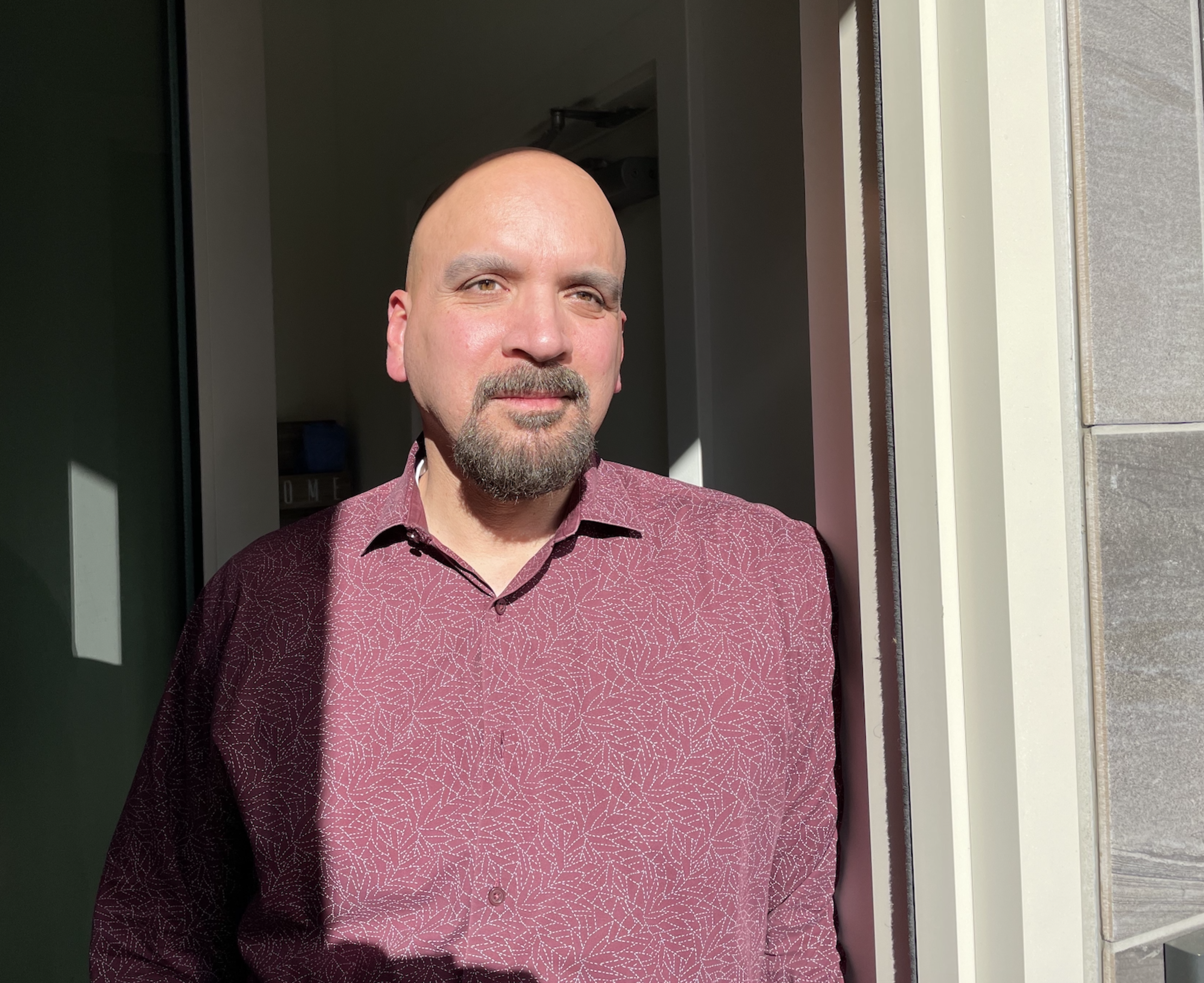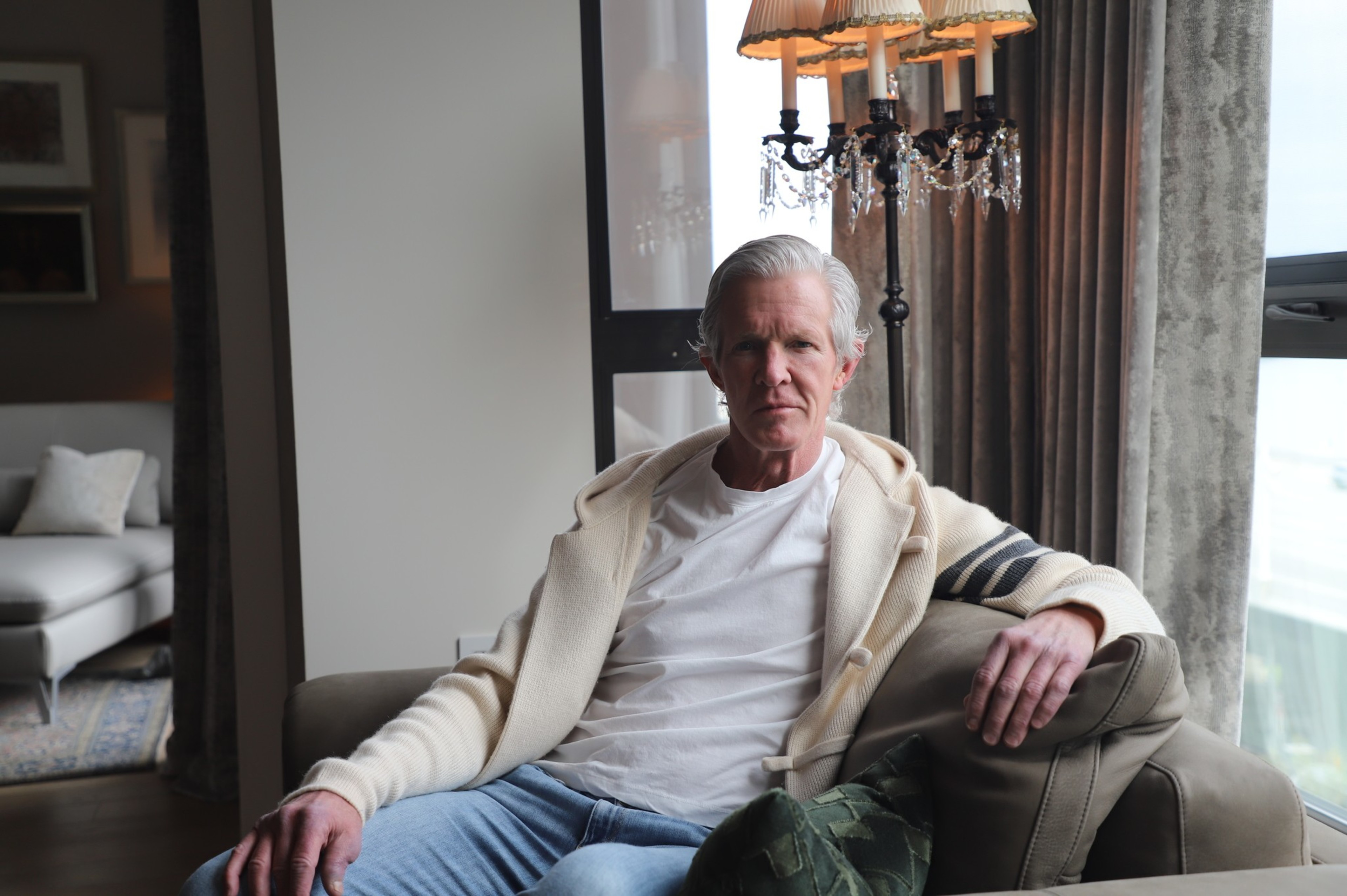In a new community in San Francisco’s Hunters Point, things are quiet. Maybe too quiet.
Residents of the San Francisco Shipyard, a 522-home condo and townhome complex being built by Miami-based developer Lennar, say they were attracted by the affordability.
And the homes are, relatively speaking, an excellent deal. Two-bedroom, two-bathroom condos cost between $600,000 and $700,000, with homeowner’s association fees tacked on for around $500 a month. That’s cheap for roughly 1,000 square feet in San Francisco.
The catch is that the isolated area is a relative transportation and food desert. It is only served by two bus lines, the nearest real grocery store is 1.5 miles away and the neighborhood boasts just one coffee shop—which closes at 2 p.m. (There’s also a great Russian bathhouse nearby that serves food, but you need to pay for a soak if you want to access it.)

The Shipyard broke ground in 2016 and is now home to more than 500 people, according to real estate agent Nicholas Carnell, who has sold two homes in the community. Lennar currently lists 72 homes for sale at the Shipyard, according to Fammie Pham, a Lennar agent.
Lennar spokesperson Danielle Tocco said in an email that of the total 522 homes planned, 74 have yet to be built. Tocco said 10% of homes fall under the city’s definition of below market rate but did not say whether the homes are part of San Francisco’s affordable homeownership lottery program (opens in new tab). A 558-square-foot one-bedroom condo at 570 Innes Ave., unit 101, was listed for sale in the lottery program for $247,219 Friday.
“Affordability was definitely a factor for me,” said Michael Le, who bought a one-bedroom condo at 10 Kennedy Place last summer after living in the East Bay. “You’re also away from the hustle and bustle, but you’re still close enough to get around the city.” To get around the city, Le, a car owner, either drives or orders an Uber.

Although Le declined to say what he paid for the unit, a Compass listing for a one-bedroom condo in his building with views of San Francisco Bay is asking $798,500, plus a $542 monthly HOA fee.
A quick search on Zillow for a home in that price range shows incredibly slim pickings across San Francisco’s busier, more desirable neighborhoods. If a similar-sized property is listed around that price in those areas, the HOA fee is usually much higher.
On the lowest and highest end of the spectrum for homes sold at the development, studios cost less than $500,000, and three-bedroom units go for around $1 million. Three-bedroom townhomes have sold for around $1.1 million.
HOA board member Rafe Gabel and his wife, Kelly Fox, bought a three-bedroom townhouse on Coleman Street for $1.1 million in 2017. The home has since dropped in value to around $950,000, Gabel said, blaming price drops across the city. As a real estate agent, Gabel has sold at least four homes in the Shipyard.
“A home here is cheaper than the same one on, say, 22nd and Valencia,” Gabel said. “That’s a whole different world from us.”
Fox said the couple had searched the city for a three-bedroom home but couldn’t find anything affordable in the city that wasn’t a fixer-upper.
“We looked around, but everything was over $1.5 million,” Fox said. “Finding this place allowed us to stay in San Francisco.”

‘What’s there to do? Nothing really’
If you want to walk to a restaurant or supermarket from the Shipyard, you’re out of luck. To do all those things, you’ve got to have wheels. The nearest place to go for dinner, Mexican joint Las Isletas Restaurant, is an almost 40-minute trek. It’s 30 minutes by foot to the Lucky supermarket on Third Street.
Scott Engler lives just across the street from Lennar’s new community. He rents a two-bedroom townhouse on Cleo Rand Lane, built in 1989, for $3,600 a month, and often walks his dog around The Shipyard. If he wants to do anything else, he’s said he gets on his bike or drives.
“What’s there to do? Nothing really,” Engler said. “I wouldn’t say it bothers me. It’s a 10-minute bike ride to the Dogpatch, and there’s stuff on Third Street.”

Standing in the doorway of his three-bedroom Shipyard townhouse on Hudson Avenue, Rey Guillen said he and his wife chose to rent the $4,700-a-month home as they wanted somewhere quiet with nice views in a newly constructed building.
“It’s not very walkable,” Guillen said. “If you want to go out to dinner, you’re driving.”
Guillen said he cooks dinner at home most nights with meal delivery kits from Gobble. When he does go out, he usually drives to the Mission.
“That’s the open wish—that they would build a grocery store here,” Guillen said.

Guillen also takes the 19-Polk bus, which stops a few blocks from his home, but it’s a 45-minute ride to his job near U.N. Plaza as the chief operating officer of the city’s health benefits system (opens in new tab) for its employees.
Getting to the Polk Gulch shopping district on the 19 bus takes around 50 minutes. The 15-Bayview Express goes downtown, but even that takes 45 minutes, Guillen said.
Gabel said he wants a Blue Bottle Coffee or a Whole Foods to open in his neighborhood.
“People think it’s far, but it’s not,” Fox said. “I find it’s 20 minutes to get anywhere from here. Twenty minutes to the Castro, 20 minutes to the Mission, 20 minutes to Noe Valley.”
Radioactive Superfund site
The Shipyard, while not part of the development, is a stone’s throw from a radioactive Superfund site, the former Hunters Point Naval Shipyard.
Bought by the Navy in 1939, the Hunters Point shipyard was turned into a repair facility (opens in new tab) for military ships during World War II. It was also occupied by the Naval Radiological Defense Laboratory from 1948 to 1969, which was used to clean ships exposed to atomic weapons and research the effects of radiation. The Navy stopped using the shipyard in 1974.

In 1989, it was placed (opens in new tab) on the Environmental Protection Agency’s National Priorities List (opens in new tab) as part of the agency’s Superfund program and was designated for ongoing environmental cleanup efforts. The list includes 1,340 sites nationwide as of March 7, according to the EPA’s website.
There have also been concerns that a sea-level rise could cause buried radioactive contaminants to rise to the surface (opens in new tab). The Navy did not respond to requests for comment by publication time.
Carnell said he’s never heard concerns about the Superfund site when selling homes at Kennedy Place or Kirkwood Avenue.
When asked about whether they disclose the homes’ proximity to a Superfund site to buyers, Lennar said they are “very transparent with all disclosures based on the scientific testing performed and the resulting conclusions and approvals from the appropriate agencies.”

“It is a concern. It doesn’t prevent me from living there,” Le said. “Supposedly, the cleanup addressed the issue.”
The former shipyard is still being cleaned by the Navy, which takes measures to control dust and monitors air quality near clean-up sites, according to Michael Pound, Environmental Coordinator for the Navy’s former base cleanup division.
Pound said the site where Lennar’s Shipyard housing development is being built is part of the former Navy shipyard, but the parcel it’s on was removed from the Superfund program in 1999. Other shipyard parcels, including ones near the housing development, are still Superfund sites. Pound did not say when the cleanup is expected to be complete.
“The Navy takes a comprehensive cleanup approach to ensure the health and safety of the community now and into the future—even after the Navy transfers the property to the City of San Francisco,” Pound said in an emailed statement.
Guillen’s third-floor deck overlooks former Navy buildings.
“It’s right there,” Guillen said, referring to the Superfund site. “I don’t think it’s really dangerous. It’s mostly cleaned up anyway.”
Gabel said he doesn’t know about any potential risk, but he figures if banks are writing loans for homebuyers in the Shipyard, it can’t be too dangerous.
“I don’t think human life is a big concern for banks,” Gabel said. “But I think they are thoughtful about where they’re lending.”

